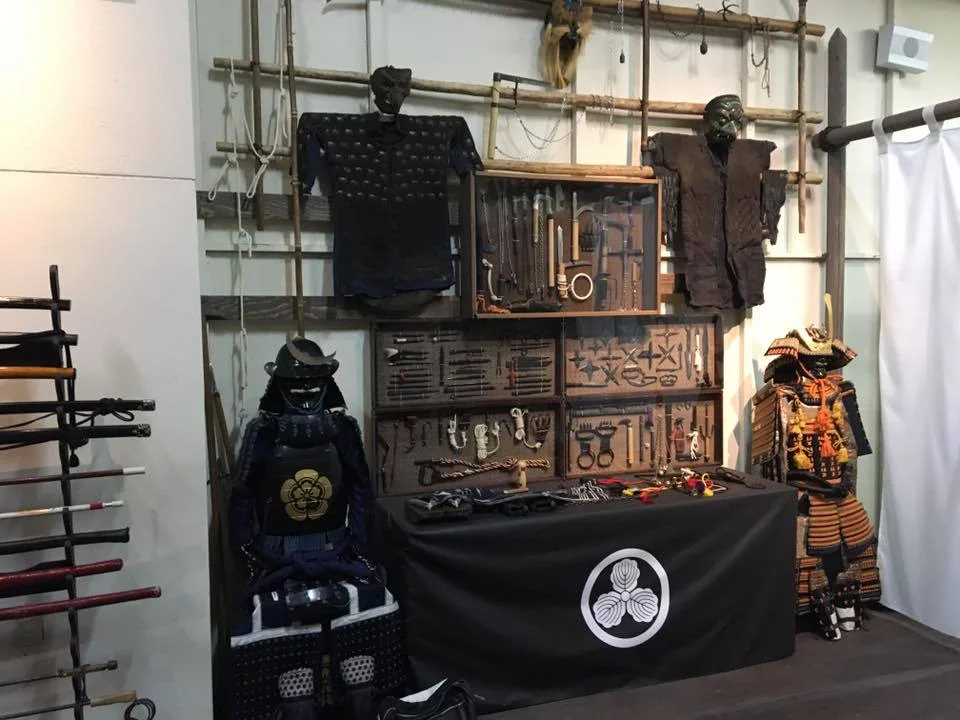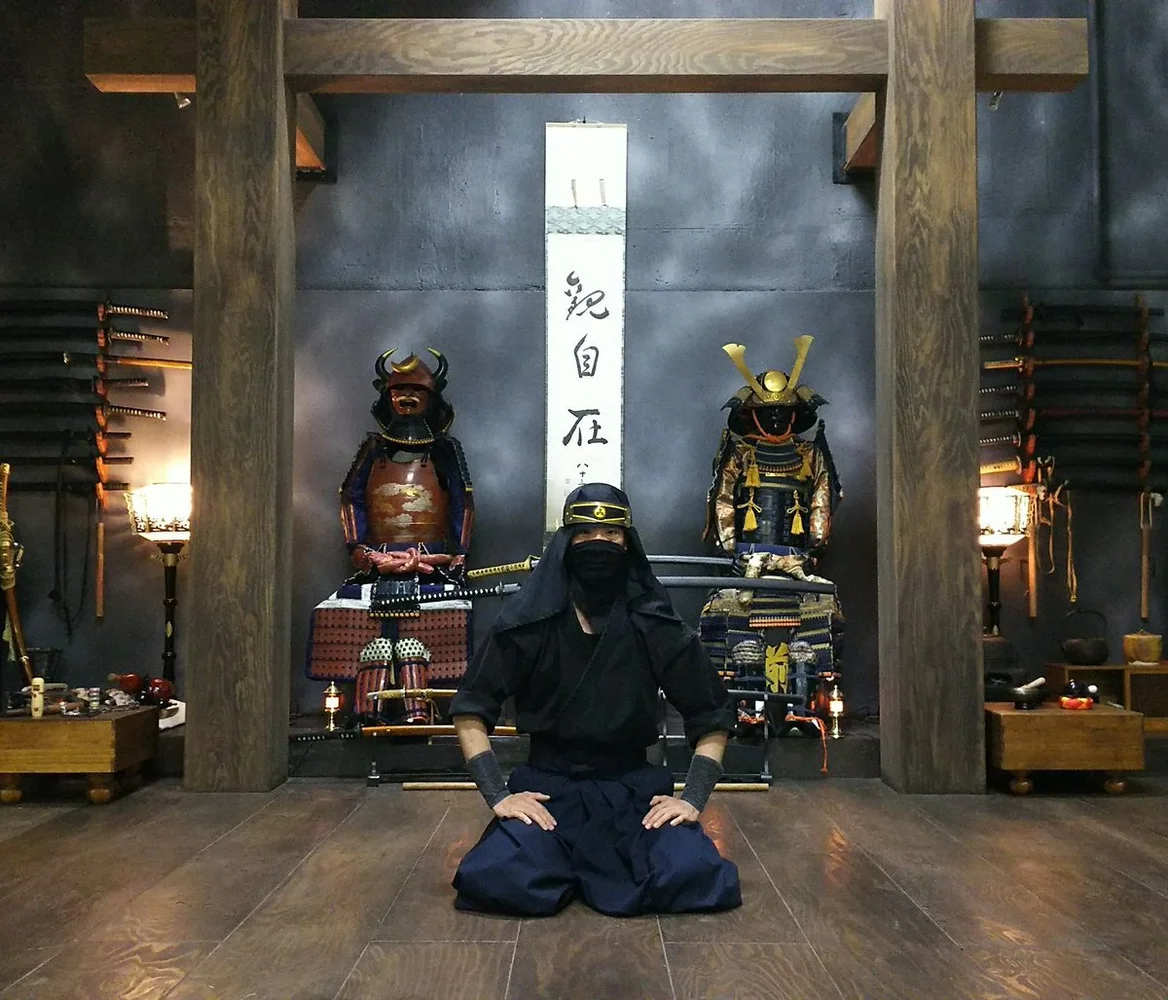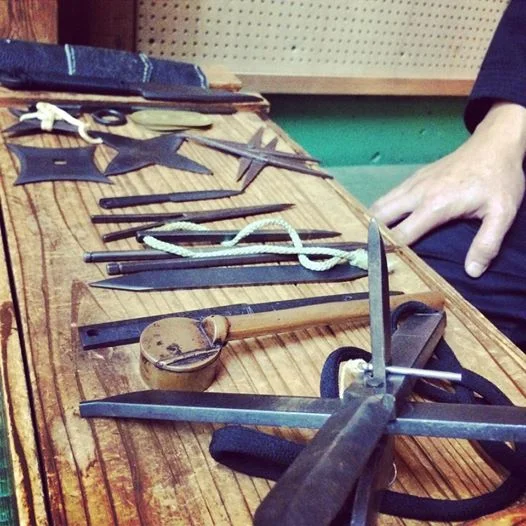Be a Ninja: Learn Three Basic Techniques
Overview
To the Japanese, a ninja is neither a spy nor an assassin. The ninja is a person who places a sword on his/her heart to control and discipline him/herself. Ninjas seek to maintain "balance" or peace of mind in life to survive.
The Musashi Clan ancestors came to Tokyo over 400 years ago.
As the head of the clan, the Shibatas had loyal ninjas, our ancestors could serve the government as heads of "Onmitsu" ninjas.
In our clan we have crafted our weapons for over 400 years. You'll see some of the weapons hand-crafted by your host(ess) and her father.
In your session, you will learn three ninja techniques our novices learn on Day 1
Highlights
- Hands-on experience of ninja weapons
- Learn ninja stars throwing and stealth steps
- Learn the basic ninja mindset of our clan
- Get dressed in a ninja attire
- Real time interpretation
Key Information
Description
How it works
Ninja Experience: Mastering the Ancient Arts
Nationally licensed interpreters play a crucial role in bridging language gaps, enabling visitors to grasp the historical and cultural contexts of the shinobi techniques being taught.
1 Introduction to the Shinobi History
The shinobi, or ninjas, trace their origins back over 490 years, serving as covert agents in feudal Japan. Their unique skills in espionage, sabotage, and guerrilla warfare emerged during a time of political turmoil and conflict, making them essential players in the power struggles of the era.
Then Tokugawa Shogunate, ruling from 1603 to 1868, played a pivotal role in our clan's development. The shogunate's need for intelligence gathering made "Onmitsu (Tokugawa shinobi)" valuable assets during its reign.
The enduring legacy of the only lasting shinobi samurai clan reflects a rich tradition preserved through generations. With ancestors serving the Tokugawa Shogunate for 265 years, the Musashi Clan embodies the authentic teachings and techniques of the shinobi way, maintaining cultural and martial integrity until today.
Instructors will provide demonstrations of various techniques, showcasing their mastery and the intricacies of ninja arts. This offers participants a visual and practical guide to the skills being taught.
2 Workshop Experience: Engage with Authentic Tradition
Wearing the Dojo Samue
Participants will have the opportunity to wear the traditional dojo samue, enhancing their immersion in the training experience. This clothing symbolizes respect and adherence to the dojo’s customs and practices.
Authentic Weapon Handling Techniques
Participants will learn the authentic methods of handling shinobi weapons. Expert instructors, all holding Black Belts, will ensure adherence to time-honored techniques, preserving the essence of the art.
① Core Training Principles of Shinobi "Stealth Steps" – Earth Principle
"Stealth Steps" represent the foundational training skills essential for the shinobi movement. This core technique emphasizes balance, agility, and silent navigation, aligning physical movements with the principles of the Earth, and enhancing stealth and precision
② Shuriken Throwing – Fire Principle
Shuriken throwing represents intense focus and skill within the shinobi arts. Using a precise technique, participants gain insight into combining mental discipline with physical action, reflecting the transformative nature of fire in their training.
③ Kujikiri Well Wishing – Space Principle
Kujikiri is a spiritual practice that involves ritualistic gestures and mantras, promoting positive intentions and harmony in one's environment. It represents the element of space, fostering a deep connection between the practitioner's mind and surroundings.
Photo Opportunities for Participants
Workshop participants are encouraged to capture memorable experiences through photos.




